The first step into experience, particularly the meditation experience, is knowledge. What does it mean to "know"? Knowing involves four steps, which ultimately give the meditator the experience of realization:
The first step of knowing is information. With information, our intellect opens to new ideas and opinions. To be properly informed, we need to listen carefully.
The second step of knowing is knowledge, when we begin to reflect and think on the ideas and views that we have listened to. At this point, we often have to select only a few of the ideas we have heard, as it is not always feasible to reflect on all the information that is fed to us. In order to deepen our understanding, we reflect on the information and sometimes discuss our findings and thoughts with others.
The third step of knowing is when we move from thinking to doing -- that is, from knowledge to wisdom. Wisdom is gained when we commit ourselves to "doing." Knowledge translated into our everyday behavior is called wisdom, which, in turn, is called a quality life. A life of quality is where personal values are not only realized but also lived and experienced through our practical actions.
Doing, or practice, naturally brings us to the fourth and final step of knowing, which is called truth.
Truth is "to be": the pure state of being where nothing needs to be added, where nothing can be subtracted.
For a human being, this takes a long time and a variety of processes. It is the ultimate state of consciousness that yogis and meditators aspire to. (This is often referred to as the consciousness of "Om.") It is said that God is eternally in this state of truth. "Om" is the consciousness of "I am," the consciousness that denotes both an uncreated selfhood and a pure state of being. The human soul originally had this consciousness of "Om," but gradually forgot it. Therefore, the aim of "knowing" (at least, spiritual knowing) is to return to this original state. The way of return is called "remembrance" -- that is, to pay attention and keep remembering the eternity of the self, otherwise referred to as the soul, the atma.
On a spiritual path, we always need these four steps, but there is the great temptation for the majority of people to stay on the first two, which involve listening and thinking. Without a systematic and consistent commitment to personal action, we just develop the art of conceptualizing, philosophizing and discussing. Moreover, without practice and silence, we cannot develop the inner strength that is so vital for everyday life.
One aim of meditation is to develop inner strength through attention to practice. Practice is to observe and to take the opportunity to transform knowledge into an experience that helps us in our daily life.
One aspect is the practice of values such as tolerance, patience and flexibility. Another is for the meditator actually to experience the highest level of consciousness. It is said that when this highest level of consciousness is experienced, there is the strength to practice those values that create well-being.
How can we go beyond these stages of information, knowledge and even wisdom to experience the original state of being -- that is, truth?
One way to describe the process is to compare it to the game of the pole vaulter. The pole vaulter has a long pole to help jump over the barrier. The athlete runs for a short distance, and then quickly fixes the pole into the ground, enabling the body to be lifted up. When the athlete reaches a certain point in the air, the very pole that was used to get to that point is discarded; if the athlete fails to let go of the pole, then the body will be propelled backward, and it will be impossible to accomplish the task of jumping over the barrier.
The same mechanism is involved when a person wishes to attain realization of the self and an experience of a higher state of consciousness. To experience realization, we have to run some distance, collecting the necessary information. Then we use the pole of knowledge and wisdom to lift us off the ground of ordinary consciousness. But we must then let go of the very knowledge that we used to elevate our minds and take a jump of faith, flying over the barrier of "ordinary consciousness" to experience a new and higher level of consciousness. If there is no faith, then there is not enough trust to let go and jump.
Many people do not let go of the pole of knowledge and, as a result, fall into the spinning of speculation and the habit of analysis and discussion -- the experience of spiritual consciousness eludes them. The pull of the ego draws the consciousness back to the ground. The irony is that they think they have jumped over the barrier and regard themselves as being in the privileged position of knowing. Then they think that from this privileged position they have the prerogative of judging and being better than those who "know" in a different way.
The ones who have let go of the pole can be characterized by their wider, creative perspective and their benevolent strength.
Ultimately, true knowing is a state of positive being, and its most powerful experience and expression is in silence.
For more by Anthony Strano, click here.
For more on meditation, click here.